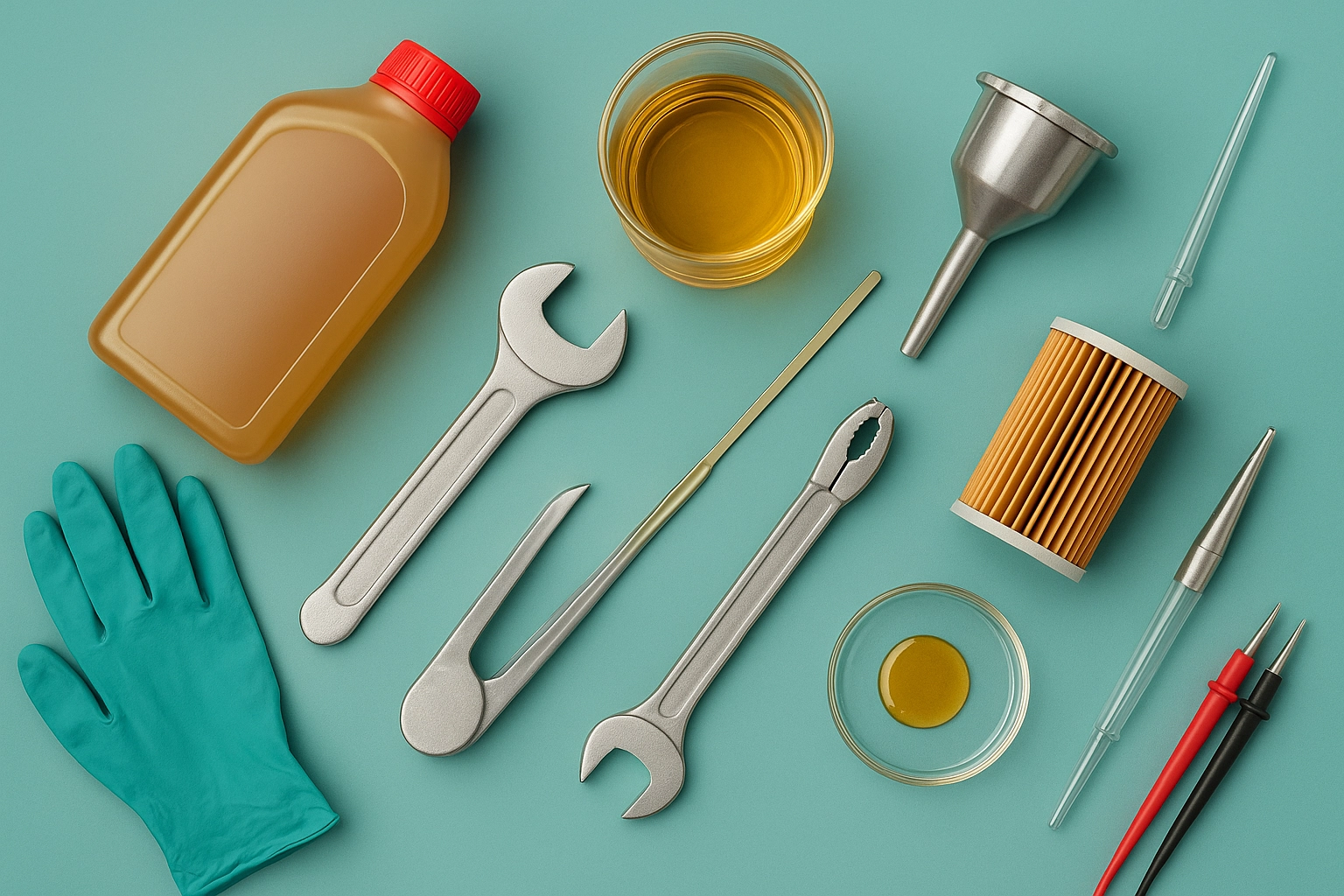ASTM D8279 Friction Performance Lubricant Test
The ASTM D8279 friction performance test is a critical procedure designed to evaluate the anti-wear and anti-seize properties of lubricants used in automotive applications. This test is particularly important as it helps manufacturers ensure that their products meet stringent standards for protection against wear and seizing, which are common issues in high-stress engine environments.
The ASTM D8279 procedure involves the use of a reciprocating ball-on-disc tribometer to measure the friction coefficient between a steel ball and a copper disc coated with an oil film. The test is conducted under controlled conditions that simulate real-world engine operating parameters, including temperature, speed, and load.
The primary objective of this test is to assess how effectively lubricants can reduce friction and wear in moving parts while preventing seizing. This is achieved by monitoring the friction coefficient as the ball and disc are rubbed together over a specified period. The lower the friction coefficient, the better the lubricant’s performance in reducing wear and heat.
Testing according to ASTM D8279 ensures that lubricants meet specific industry standards for anti-wear and anti-seize properties. This is crucial for automotive manufacturers who need to ensure that their products perform reliably under demanding conditions, such as high temperatures and pressures encountered in modern engines.
The test procedure is designed to be repeatable and reproducible, allowing laboratories to consistently deliver accurate results. The tribometer used in this test provides precise measurements of the friction coefficient, which are essential for quality assurance and compliance purposes.
Understanding the parameters involved in ASTM D8279 testing helps ensure that lubricants meet the necessary performance criteria. Key factors include the type of steel ball and copper disc used, the operating temperature range, the speed at which the ball is reciprocated, and the load applied to the system.
The test results are typically reported as an average friction coefficient over a specified time period. These results provide valuable insights into the lubricant’s performance in reducing wear and preventing seizing under simulated engine conditions.
Why It Matters
The importance of ASTM D8279 testing cannot be overstated, especially for automotive manufacturers and lubricant developers. Ensuring that lubricants meet the necessary performance criteria is critical to maintaining engine reliability and longevity.
Engine components are subjected to high stress levels, which can lead to wear and seizing if not properly lubricated. The ASTM D8279 test helps identify lubricants with superior anti-wear and anti-seize properties, ensuring that engines operate efficiently and safely over their intended lifespan.
The results of this testing are used by quality managers and compliance officers to ensure product consistency and adherence to industry standards. R&D engineers rely on these tests to develop new formulations that meet or exceed the performance requirements set forth in ASTM D8279.
Benefits
- Enhanced Engine Reliability: Lubricants that pass ASTM D8279 testing provide better protection against wear and seizing, leading to more reliable engine performance.
- Improved Fuel Efficiency: By reducing friction between moving parts, lubricants that perform well in this test can contribute to improved fuel efficiency.
- Increased Product Life: Lubricants with superior anti-wear and anti-seize properties extend the life of engine components, resulting in reduced maintenance costs and increased customer satisfaction.
- Compliance Assurance: Compliance officers can rest assured that their products meet or exceed industry standards through consistent ASTM D8279 testing.
Industry Applications
The ASTM D8279 friction performance test is widely used in various sectors, including automotive manufacturing, lubricant development, and quality assurance. Here are some key applications:
- Automotive Manufacturing: Ensuring that engine oils and other lubricants meet the necessary performance criteria for modern engines.
- Lubricant Development: Developing new formulations that can withstand harsh operating conditions and provide superior anti-wear and anti-seize properties.
- Quality Assurance: Conducting routine testing to ensure product consistency and adherence to industry standards.
- R&D Engineers: Using ASTM D8279 results to refine lubricant formulations for improved performance in real-world conditions.





